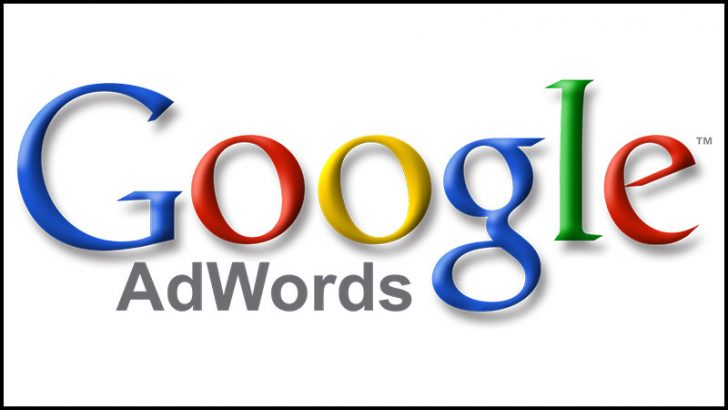
In a Google+ blog, Google has announced that display ads built in Flash are to be removed from AdWords. It will not happen overnight because Google has to give advertisers time to alter their ads.
From 30th June 2016 anyone using Flash ads in their AdWords campaigns will no longer be able to upload them into the Google system. Six months later, on 2nd January 2017 any ads that are already in the system will stop working as Google moves from Flash to HTML5.
Adobe Flash has a long and troubled history
This is a decision that is long overdue. Adobe Flash has had major problems for several years in terms of security. Despite the regular updates pushed out by Adobe, users have been slow to update their systems which means that unscrupulous advertisers and hackers have been able to exploit large numbers of known vulnerabilities inside Flash.
Despite the best efforts of Adobe to help Flash regain its crown as the most used piece of video technology across multiple platforms it has failed. It was dealt a serious blow when a few years ago hackers penetrated the corporate systems and made off with customers systems and source code. While Adobe has never acknowledged how much code was taken and for which products, security experts have always maintained that Flash was the prime target.
As bad as that was, there was always an opportunity for Adobe to consider rewriting the product and remove a lot of very old redundant code. However, when the Hacking Team data was leaked onto the Internet last year, it became clear that Flash was also being exploited by security companies. Many of these companies were actively buying zero-day exploits for Flash, along with other software, productising them and selling them to customers including government agencies around the world.
Google has itself been antagonistic to Flash for some time. It rewrote its video player for YouTube in HTML5 so that it would not have to pay royalties to Adobe. Last year it also made life difficult for Chrome users by disabling Flash inside its Chrome browser.
What do advertisers have to do?
On the Google AdWords site the company has provided several options for developers. It is providing tools that will convert Flash ads to HTML5 code. There is also a validator that will check if ads are fully HTML5 compliant to make it easy to check they will work.
For those who are using third-party servers there are also a range of solutions including DoubleClick Studio, Lightbox and Google Web Designer. These will all render HTML5 compliant ads which can then be easily uploaded into AdWords.
The challenge for the CIO/CMO
There are a lot of companies who have built their websites around flash. Their challenge now is to decide if this announcement by Google marks the point where they need to ask the development team what the plans for the website is in a post Flash world. For the CMO and CIO this is important. The CIO will want to know that whatever else is chosen it is at least as secure if not markedly more secure than Flash. They will also be concerned over timescales and factoring in a major development project along with everything else they are being expected to deliver.
For the CMO the problem is much more complicated. Many will not necessarily know how their ads are created, they will have outsourced those decisions to business partners. Now they have to not only get involved but also look at the impact on their budget for having ads rewritten. For the vast majority of companies that shouldn’t be an issue because if you are using the same ad in 2017 that you used in 2015 then you are not doing that much marketing.
However, ever since the Bisto family and the Gold Blend couple, advertisers have been building campaigns that run over multiple years with evolving story lines. In this case, the CMO will have to get the developers to go back through a lot of older ads and update them to HTML5. In many cases this will be a good thing as it is unlikely they were ever updated as Flash ads meaning some of them may be easily open to being taken over by hackers..
Conclusion
There have long been claims that Flash is dead but many users, game developers and web designers like Flash. A quick look on Google for Flash Development companies returns over 24,000 hits. Not all of those are going to be unique hits but it shows the scale of the problem.
Google is not the only vendor to try and kill Flash. Apple played its part with the iPhone while Microsoft failed to kill it off with Silverlight and the product has continued to limp on despite its security problems.
However, the fact that Google has now seemingly gone all in on a mission to crush Flash is likely to see the product disappear the way of PacMan. In a decade only those wedded to retro computing will remember Flash.


























